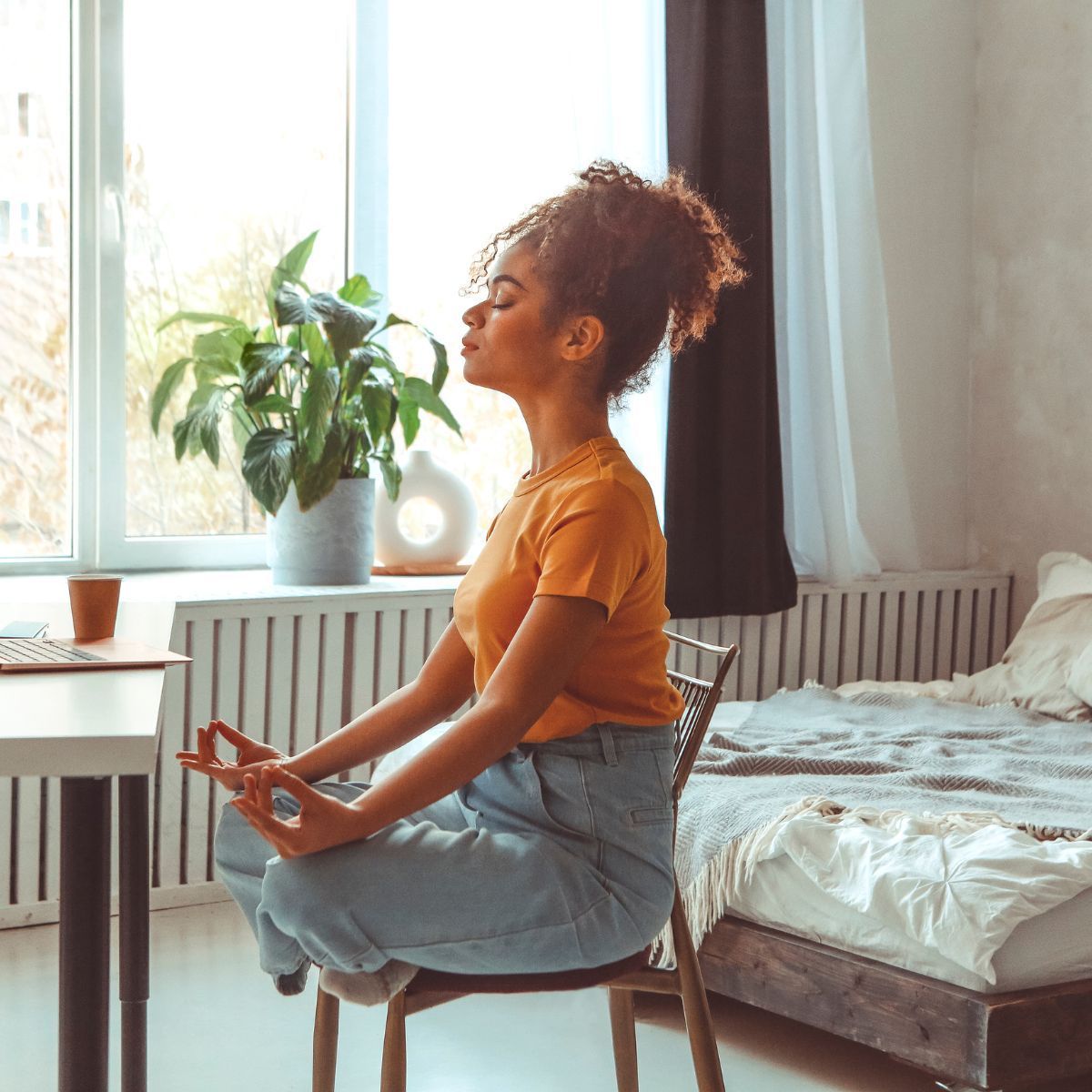
It’s likely that you’ve heard the term ‘beauty sleep’ before and perhaps even witnessed the effects a bad nights’ sleep can have on your appearance. But is beauty sleep a real thing? The short answer is yes, and we’re here to tell you how to get more of it.
In general terms, beauty sleep refers to what happens to your appearance when you get enough (and the optimal amount) of uninterrupted sleep. Sleep deprivation is actually a form of stress that can cause your body to produce more steroids. It’s these steroids that can have an adverse effect on your looks by decreasing the formation of collagen in your skin, which in turn can cause wrinkles. Lack of sleep can also weaken the barrier function of the skin and decrease blood flow which can all contribute to things like penetration of toxins, infections and visible signs of ageing. What’s more, poor sleep can cause weight gain and a higher likelihood of obesity.
So have we made the case for beauty sleep yet? Read on to find out how to make sure you’re getting enough sleep:
MAKE SURE THAT YOU GET 8 HOURS SLEEP
Believe it or not, there is a science behind the idea of getting 8 hours of sleep. Research suggests that any more (or less) can have adverse effects on things like your mood, memory, appetite and yes, your looks. At the risk of sounding vain, getting your 8 hours of sleep will help to ensure that you avoid those dreaded bags under your eyes when you wake up. If 8 hours sleep seems unlikely, read on to find out other ways to make up for those lost zzz’s.
AVOID STIMULANTS BEFORE BED
That coffee at 5pm? Forget about it! Stimulants like caffeine, energy drinks and external lighting (hello blue screen from your iPhone) can all have an adverse effect on your sleep. These types of stimulants can affect your ‘circadian rhythm’ which is your natural sleep and wake cycle. Be sure to avoid TV screens and any late-night social media scrolling right before bed to prevent having a bad night’s sleep. Stimulants can be the sure-fire recipe for an interrupted sleep which can affect your memory, mood and cognitive ability. Also keep in mind, graphic content, loud music and nicotine also contribute to alerting your brain and when these things are explored before retiring, the brain isn’t able to wind down as much as we would like, minimising the quality of our sleep, regardless of how many hours we get.
EXERCISE THROUGHOUT THE DAY
Exercising throughout the day can help to make your body feel tired and ready for sleep. However, be sure to watch the time that you exercise – don’t do it right before bed. Exercising releases endorphins which can create a level of activity in the brain that can have the adverse effect and keep you awake. Exercise in the morning or in early afternoon to help you fall asleep and improve your sleep’s quality.
ENSURE YOU HAVE QUALITY BEDDING
Make sure those 8 hours between the sheets are comfortable! Lumpy pillows and scratchy sheets do not make for an optimal sleep, so invest in quality bedding. Constant tossing and turning all night will only make you wake up feeling less than rested, which can have an on-flow effect on the rest of your day. We spend up to 1/3 of our lives sleeping, so any money spent making sure it’s a good sleep is money well spent! Also keep in mind of heat inducing or maintaining materials in pillows, doonas and linen. It’s important that the temperature of our bedding is just right – not too hot, and definitely not too cold. The wrong temperature will cause even more tossing and turning - and we know heat leads to frustration which leads to aggression, causing us to feel restless, stressed and that’s the perfect ingredient for sleep deprivation.
CHECK LIGHTING CONDITIONS
Light can have a dramatic effect on a good night’s sleep, especially light exposure at the wrong time of the day. Exposure to artificial light during sleep or right before bed can send wake-up messages to the brain and suppress the production of melatonin (the sleep-inducing hormone our bodies need for sleep). Lighting can affect the body’s internal sleep clock, making for a rough night’s sleep. Ban artificial light, mobile phones and screens before bed and invest in some quality blinds.
ELIMINATE THE PRESSURE
Tell yourself that you have an important thing on tomorrow and you desperately need to sleep and your brain kicks into overdrive. There’s no way it’s going to let you sleep and soon you find yourself tossing and turning because you are so frustrated at yourself for not sleeping. We know that the best slumber comes when we are at our peak of relaxation. Putting unnecessary pressure on ourselves such as “I need to sleep”, “Why am I not asleep yet?!”, only cause us to start stressing as we count down the hours left of our precious sleep. To combat this, try retiring to bed with the mentality that you are going to relax first and then sleep. If you find yourself wide awake after 1, 2 or 3 hours of laying in bed, try calming the voice of your mind and let yourself know that there is no pressure to fall asleep, that you are relaxing and that rest is as good as sleep. You’d be so surprised how quickly you’ll drift off if you eliminate the forcefulness of it all. Try repeating “I’m not sleeping, I am just resting, rest is as good as sleep” to yourself a few times and you’ll be out like a light!
Noosha Anzab is a Psychologist at LYSN
visit welysn.com to select your preferred mental health professional.
Categories




